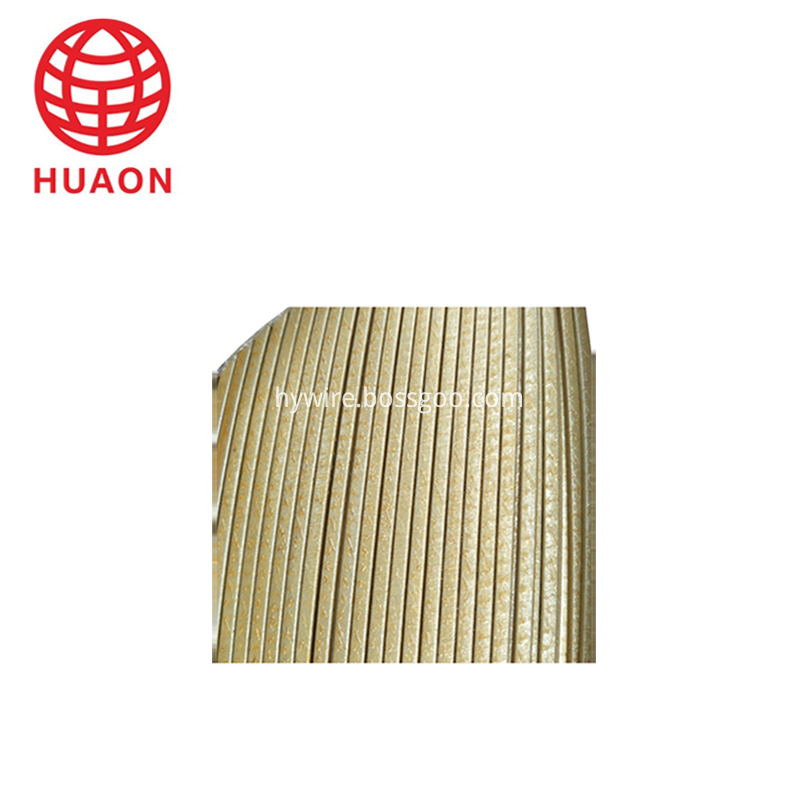As Richard Kingston, vice president of market information at CEVA, explains, human society is currently experiencing the fourth industrial revolution—an era that, like its predecessors (mechanization, mass production, and automation), will once again transform daily life in profound ways. From science fiction to reality, humanity has already landed on the moon and now faces a future where autonomous vehicles and human-machine interactions are becoming commonplace.
One of the most significant aspects of this transformation is how knowledge and information are being redefined. In the past, knowledge was stored in books, libraries, and universities, processed manually by people. Today, it's housed in data centers, analyzed and utilized by machines. According to Kingston, “This represents a massive shift in the digitalization process, and the world has changed dramatically.â€
With cloud computing driving innovation across industries—from finance and healthcare to retail and home automation—there’s an increasing need to determine who or what handles the vast amounts of data. Is the cloud still the main processing unit, or is artificial intelligence (AI) now playing a more central role? The answer, according to Kingston, is that both approaches will coexist. “The future terminals will automate data processing and decision-making. More importantly, they will continue to learn and feed results back into the cloud, while also launching next-generation networks tailored for specific markets.â€
He added, “By 2022, about 50% of AI devices are expected to have built-in machine learning capabilities—if these predictions are accurate, it's a huge milestone.â€
Front-end AI, which brings AI processing closer to the user, offers several advantages. It reduces latency, especially in critical security scenarios; protects privacy by keeping sensitive data local; enhances security by minimizing exposure to cloud vulnerabilities; and operates effectively even without a stable internet connection. Additionally, it helps cut costs by reducing reliance on constant cloud access.
Kingston emphasized, “Relying solely on the cloud for AI processing can cause issues. For example, in the automotive industry, processing delays could be dangerous, and sending private data to the cloud isn't always ideal.â€
Front-end AI is already making its mark in various applications, such as intelligent surveillance, facial recognition, voice biometrics, motion sensing, automotive electronics, and more. As smartphones and other mobile devices increasingly integrate neural network processors and hardware accelerators, AI is becoming more embedded and efficient.
Apple and Huawei have already introduced dedicated neural network processors for face recognition, showcasing the benefits of on-device AI: enhanced security, better privacy, and faster response times. Similarly, Qualcomm and NVIDIA have launched neural network processors for mobile devices, signaling a growing trend.
CEVA predicts that within a few years, every camera-enabled device will come with built-in visual processing and neural network capabilities. By 2020, one-third of smartphones are expected to support AI features. However, this rapid advancement comes with challenges, particularly in balancing power consumption and performance.
Kingston pointed out, “While data processing power is increasing tenfold, battery technology is not keeping pace. Adding AI functions to devices will consume more power, potentially limiting battery life unless we solve both processing and energy efficiency problems.â€
Front-end AI involves four core components: communication, sensor processing, data fusion, and application implementation. CEVA provides solutions for the first three, focusing on overcoming key challenges in the market: power consumption, cost, and rising performance demands.
Looking ahead, the company is expanding its focus to vision systems, including computer vision DSPs, neural networks, and accelerators designed for various applications—from smartphones to autonomous vehicles. With the global number of cameras projected to grow by 216% between 2016 and 2022, the demand for AI-powered vision systems is set to explode.
CEVA offers a comprehensive solution through its CEVA-XM vision DSP, along with software libraries and deep learning frameworks. This ecosystem supports a wide range of applications, from drones and surveillance to automotive and robotics.
Recently, CEVA partnered with LG to develop a smart 3D camera using the CEVA-XM4 vision DSP, helping reduce costs through custom algorithms. They also collaborated with Brodmann 17, achieving processing speeds of up to 100 frames per second—170% faster than the NVIDIA Jetson X2 platform.
In conclusion, Kingston said, “We’ll see more AI devices hitting the market, from smartphones and drones to ADAS and surveillance systems. CEVA is working on next-generation computer vision and neural network technologies, especially in unlimited neural networks and efficient training systems.â€
“We hope to continue investing in the AI ecosystem, acquiring new technologies to help our customers bring products to market faster. CEVA is no longer just a DSP company—we now offer a broader range of technologies across multiple fields. Let’s see what the next few years bring!â€
Glass Fiber Film Covered Flat Copper Wire
|
About Glass Fiber Film Covered Flat Copper Wire
|
Golden coloured glass fiber insulation ,fiber glass covered enameled film flat wire
Packaging Details : Different size bobbin with export carton/wooden box on pallet , or as customer's requirement.
The product is the premium copper or aluminum to be enameled, then to be wrapped with polyester film or polyimide film so as to enhance the breakdown voltage of enameled wire. It has the advantages of thin insulation thickness, high voltage resistance. The product is the ideal material for electrical instruments of small size, large power, high reliability.

Copper or Aluminum rectangular Wire
Narrow side size a : 0.80mm-5.60mm
Broad side size b : 2.00mm-16.00mm
Copper or Aluminum Round Wire
Diameter:φ1.7-φ5.0
If specification is out of range, please
Film Covered Copper Flat Wire,Glass Fiber Film Covered Flat Copper Wire,Single Fiber Glass Copper Flat Wire,Fiber Glass And Film Copper Wire
HENAN HUAYANG ELECTRICAL TECHNOLOGY GROUP CO.,LTD , https://www.huaonwire.com
